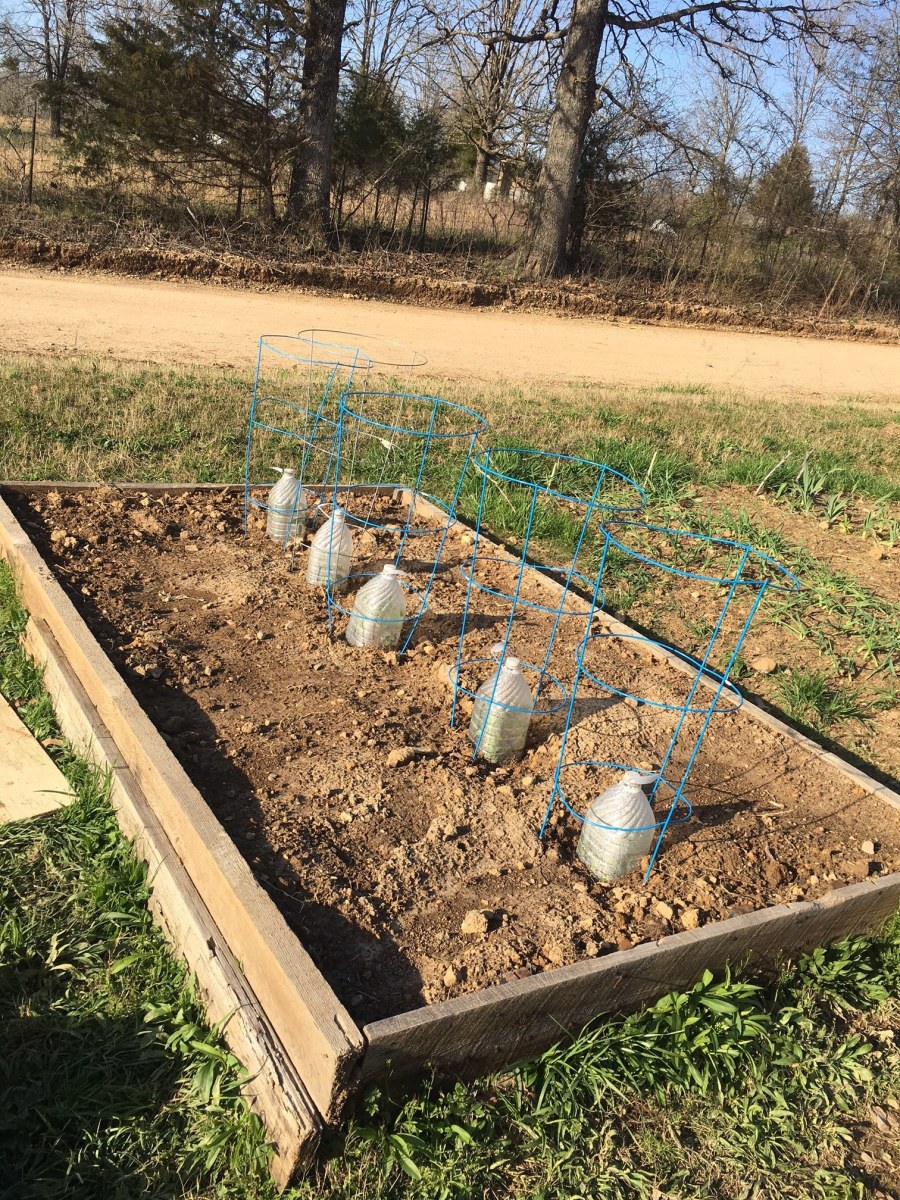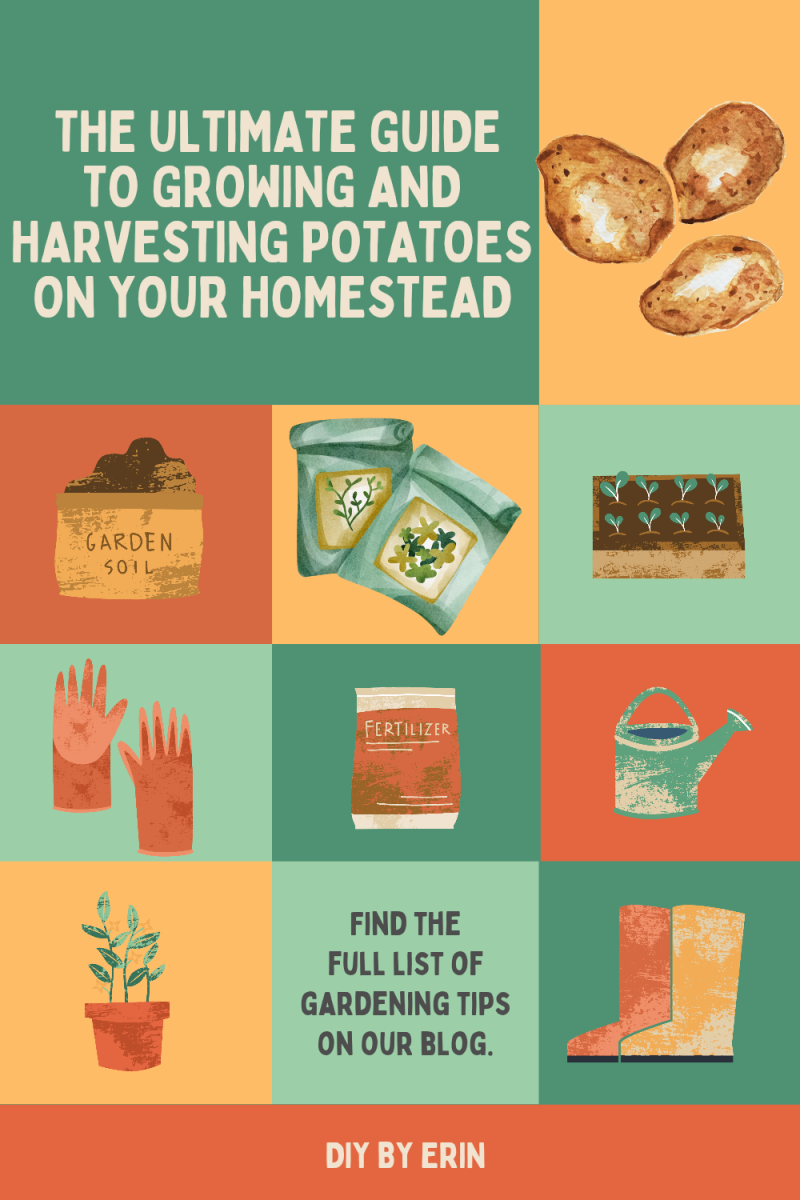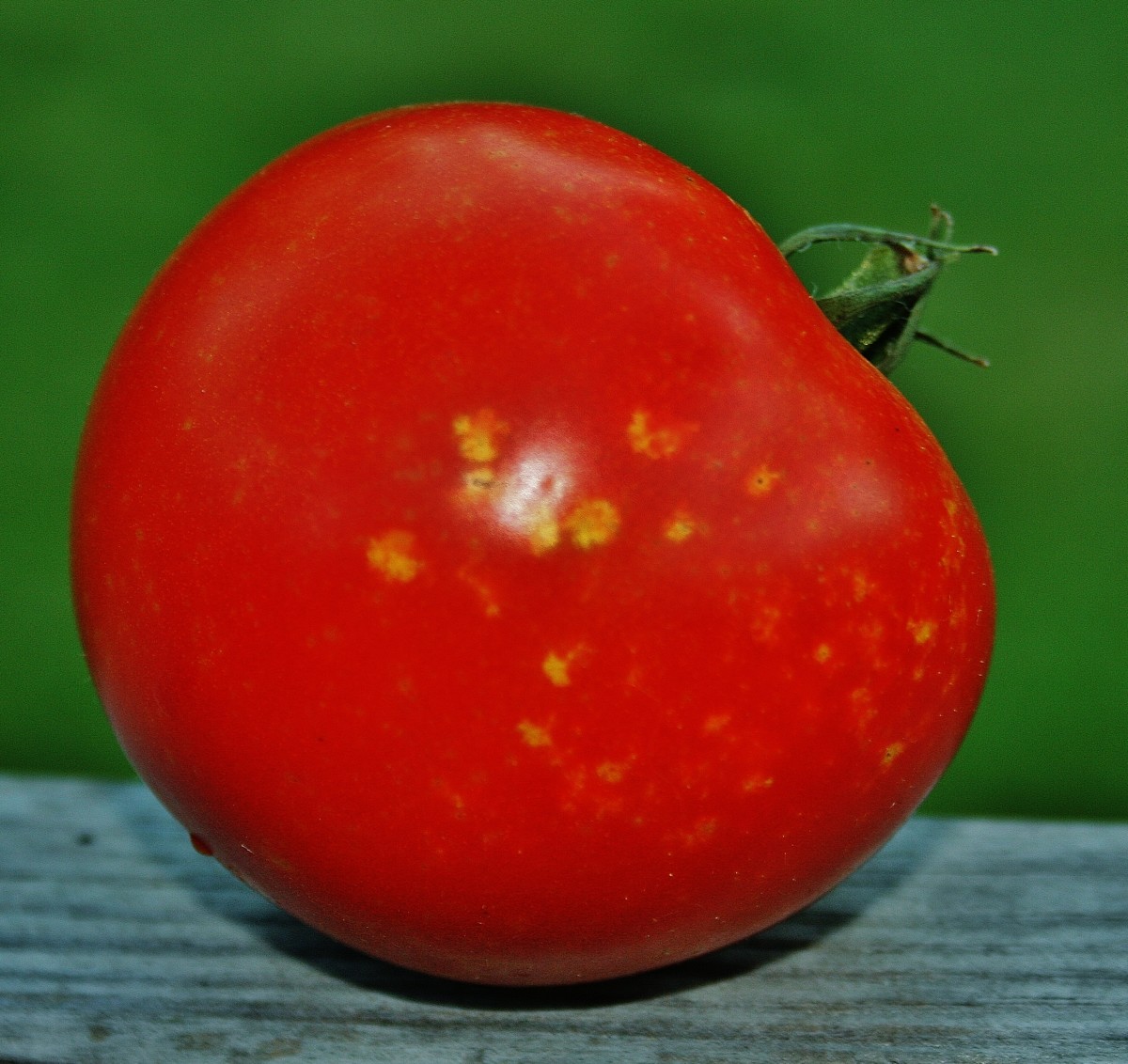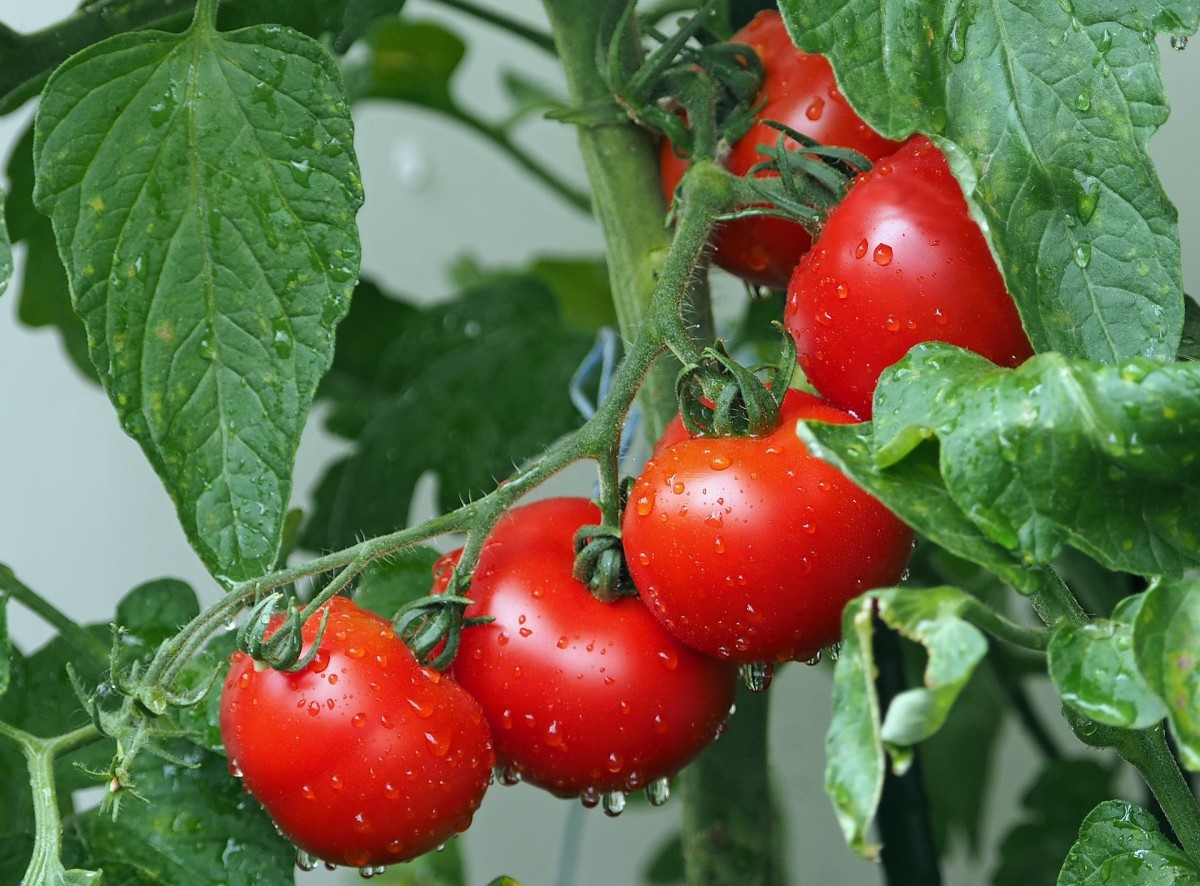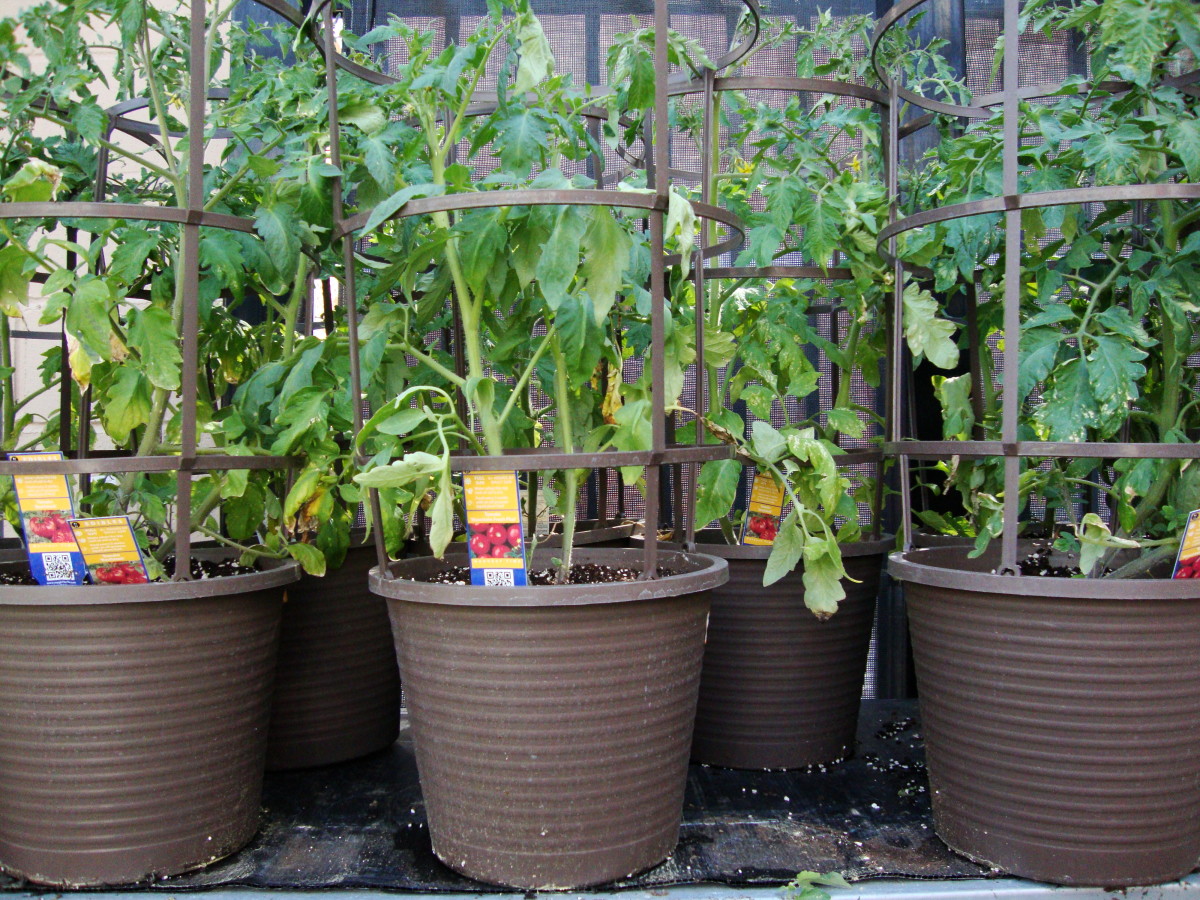- HubPages»
- Home and Garden»
- Gardening»
- Planting Vegetables
How to Grow Heirloom Tomatoes
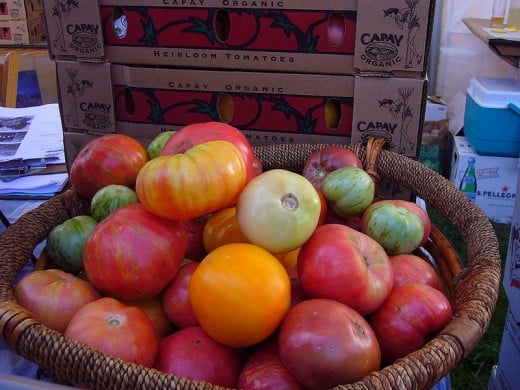
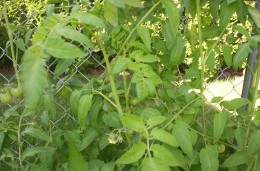
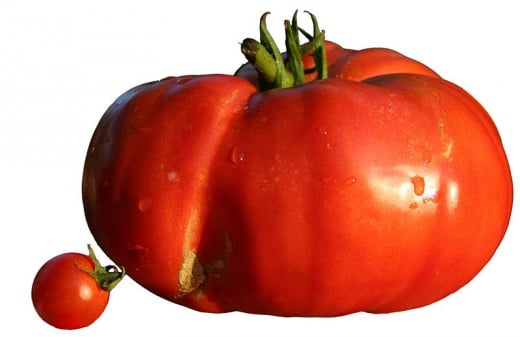
Here you'll learn just what heirloom tomatoes are and how to plant and grow them. Heirloom tomatoes are the ones that you found in Grandma and Grandpa's garden. These tomatoes are an open-pollinated variety, unlike the newer hybrid varieties. You can save the seeds from the plants and replant them year after year. With hybrids, you can’t do this and have them true to form. They are available in a wide variety of shapes and colors. You can even grow purple, pink and black ones.
Why Grow Heirloom Tomatoes?
Many gardeners would like to preserve the older vegetables from the past. Doing this has many advantages. The seeds can be saved, many are tastier and some gardeners would like to preserve our heritage. These varieties were often passed down from generation to generation for years. The seeds have become acclimated to the area in which they've grown.
Hybridizing started in the 1940’s and the heirlooms are the varieties that were eaten before our modern day tomato. You’ll enjoy the variety of shapes, sizes and colors to choose from. A plateful of different types that are sliced is a pretty sight to see. Prepare a plateful for a picnic and you’ll have everyone talking.
The main disadvantage of the older varieties is the lack of disease resistance that the newer hybrid tomatoes have. Many of the old tomatoes have trouble with cracking and having odd shapes too. The taste makes up for the problems you might have.
If you have the garden space, you should try growing some this year for a real taste-treat. You’ll have have fun picking and eating the tomatoes to see how each one tastes and looks. Then save the seeds for next year from your favorites.
Choosing the Right Variety
You’ll need to consider what variety is best for your area. If you have a short season, be sure to choose a variety that ripens early. The seeds are available at many of the garden sites online. Johnny’s Seeds carries a large variety. There is even a Seed Savers Exchange that you can join if you’d like to try different ones. Be sure that your choices will ripen before the first frost.
You can purchase these as seeds and start them early indoors or many greenhouses now offer the type that is best for your area.
Here is a short listing of some of the popular varieties.
Brandywine – They are large pink tomatoes with potato-like leaves. The fruit is shaped like a beefsteak tomato. It has a good tomato taste. It takes 78 days to maturity.
Cherokee – This tomato has a purple skin and a flesh that is brick colored. The rich taste is often compared to Brandywine. It takes 85 days to maturity.
Cherokee Green – This is a good tasting green tomato. The fruit is medium in size. The fruit can be green, orange or orange with green stripes. It takes 72 days to maturity.
Moskvich – This is a variety that is good for the north because it matures early and tolerates colder temperature. The fruit is a pretty bright red that is smooth with a rich taste. It takes just 60 days to maturity.
Rose – These are big tomatoes with a delicious taste that is said to rival Brandywine. The fruit is smoother than Brandywine. It takes 78 days to maturity.
Pruden’s Purple – This is a Brandywine type that matures earlier. The fruits can be over 1 pound in size. The skin is dark pink with a crimson flesh. It has potato-like leaves. A bonus is that it doesn’t crack like some heirlooms do. It takes 67 days to mature.
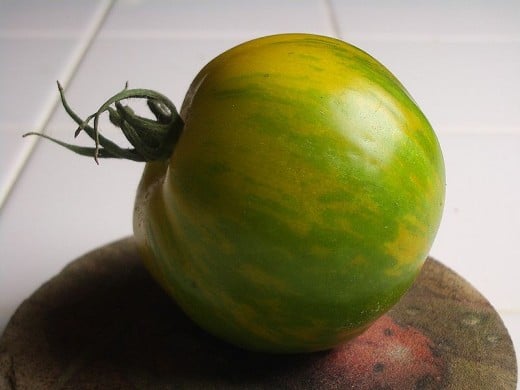
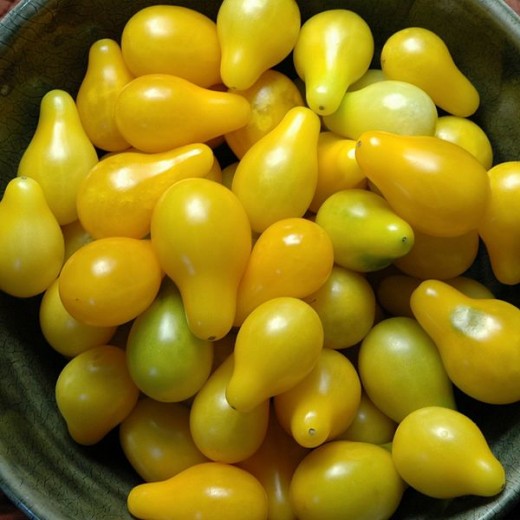
Starting the Seeds Indoors
Many of the heirlooms won’t be found at the local greenhouses. If you have a variety you can’t find, you’ll probably need to order the seeds and plant them indoors.
When doing this, they should be planted at least 4 weeks before you plan on planting outdoors. Fill small containers with a seed planting mix or with sterilized soil making sure that it is moist. Plant the seed about ¼ inch deep and ½” apart. If using a planting flat that isn’t divided, planting rows in furrows works best. Gently cover the seeds and water them gently. If you’ve planted more than one variety, you should label them right away, so you won’t forget which one are which.
Until the seed germinates, it is important to keep the soil moist, but not too moist. I’ve covered the planter with plastic wrap to work like a greenhouse. You can also purchase planting flats that have plastic covers.
Place the container in a warm place. I’ve set mine on top of the fridge or dryer and the extra heat seems to make the plants sprout faster. Use plant lights to make sure the seedlings get at least 12-18 hours of direct light. The plants will also need good air circulation. Use a fan if needed. They should get 5-10 minutes of air circulation at least twice each day. If you don’t do this, the stems won’t be strong and they may get stem rot.
If, you’ve used small containers, once the first true leaves appear on the plant, replant into 4” pots. Once the plants get larger, pinch off the top leaves and you’ll have a nice bushy plant.
Planting the Tomatoes in the Garden
When planting, you’ll need to grow extras, because the heirlooms don’t always produce as many tomatoes per plant as the newer varieties. Tomatoes like warm weather and frost can kill them, so plant after all danger of frost is gone. Plant them in good fertile soil in a sunny spot. Manure or compost from your pile is a good nutrient. Tomatoes thrive in lots of sunlight, so find a spot in your garden that gets plenty. Use manure when planting. Give the tomatoes enough space so that they will have good air flow. This will help prevent diseases later on.
A trick I’ve learned when planting is to remove all of the bottom leaves, leaving about 1/3 of the plant or at least 4 sets of leaves. Plant the rest of the plant deeply in the ground. You may need to plant it horizontally. It will look like you have tiny plants, but you will be rewarded later with a plant with a deep root system that will grow much bigger later on. The plant will put on many more tomatoes and be a bigger healthier plant.
Staking is important. Heirlooms can grow really tall. Be sure that the trellises or stakes you use are good and strong. I’ve had trellised plants topple right over in a strong wind, because I didn't use strong enough stakes that should have been deeper in the ground. This can cause plant breakage and make it difficult to pick the tomatoes later.
Mulch around the plants. This will keep weeds from sprouting and will help the plants later on. It helps keep in moisture around the plants too. Mulching will keep the soil cool enough in the hot summer months. Tomatoes don't like soil temperatures reaching above 85 degrees.
Caring for The Plants
The plants need to be watered on a regular basis. This is important so the plants get a good start and it is crucial later on to have good tomatoes. Never let seedlings completely dry out or they may die. Keep a consistent supply of water. Try to water from below, rather than watering the leafs. Morning hours are best for watering. An inch a week is fine in cool weather, but during the hot months 2" is better.
You may need to prune the tomatoes to get extra big tomatoes.This is a subject many growers argue about. Some say to prune and others say not too. If you grow a big plant, it can be easy to even miss some of the tomatoes as the hide behind all the lushness. Some of the branches will become shaded and not produce as much sugar and you may get smaller tomatoes or even have the leaves yellow and drop. The choice is yours to prune or not to prune.
You'll need to prune off just enough branches that the bottom ones don't hang on the ground and none of the branches are shaded. In the end you will be rewarded with larger fruit.
The tomatoes will do best if fertilized once a month. You'll only need a very small amount and organic fertilizer is best. Look at the local gardening center and you should be able to find some especially formulated for tomatoes.
More Gardening Articles
- Get Free Seed Catalogs In the Mail
If you enjoy choosing your seeds from a free catalog you get in the mail, this page will be a joy for you to go through. Many seed companies offer their catalogs online for free. - How to Grow and Store Butternut Squash
Butternut squash is my favorite. Learn how to grow it and store it until spring. If you haven't tried butternut, it is almost everyone's favorite. It almost tastes like sugar has been added, it is so sweet. - Grow Asian Vegetables In Your Garden
If you like Oriental food, you'll be happy to find that most vegetables can be grown almost anywhere. Find out how to grow and use each one, plus some seed companies that sell the seeds.


